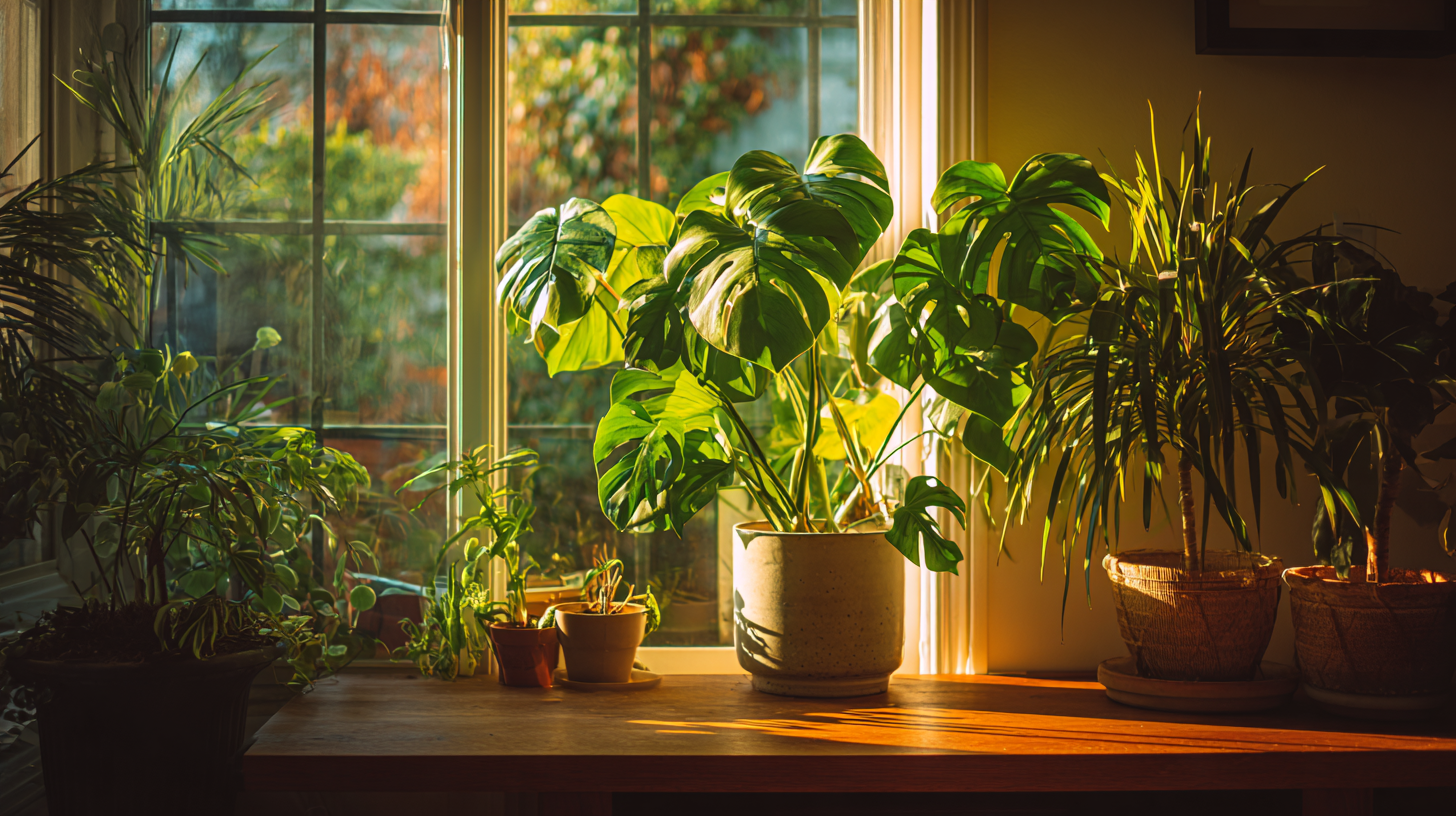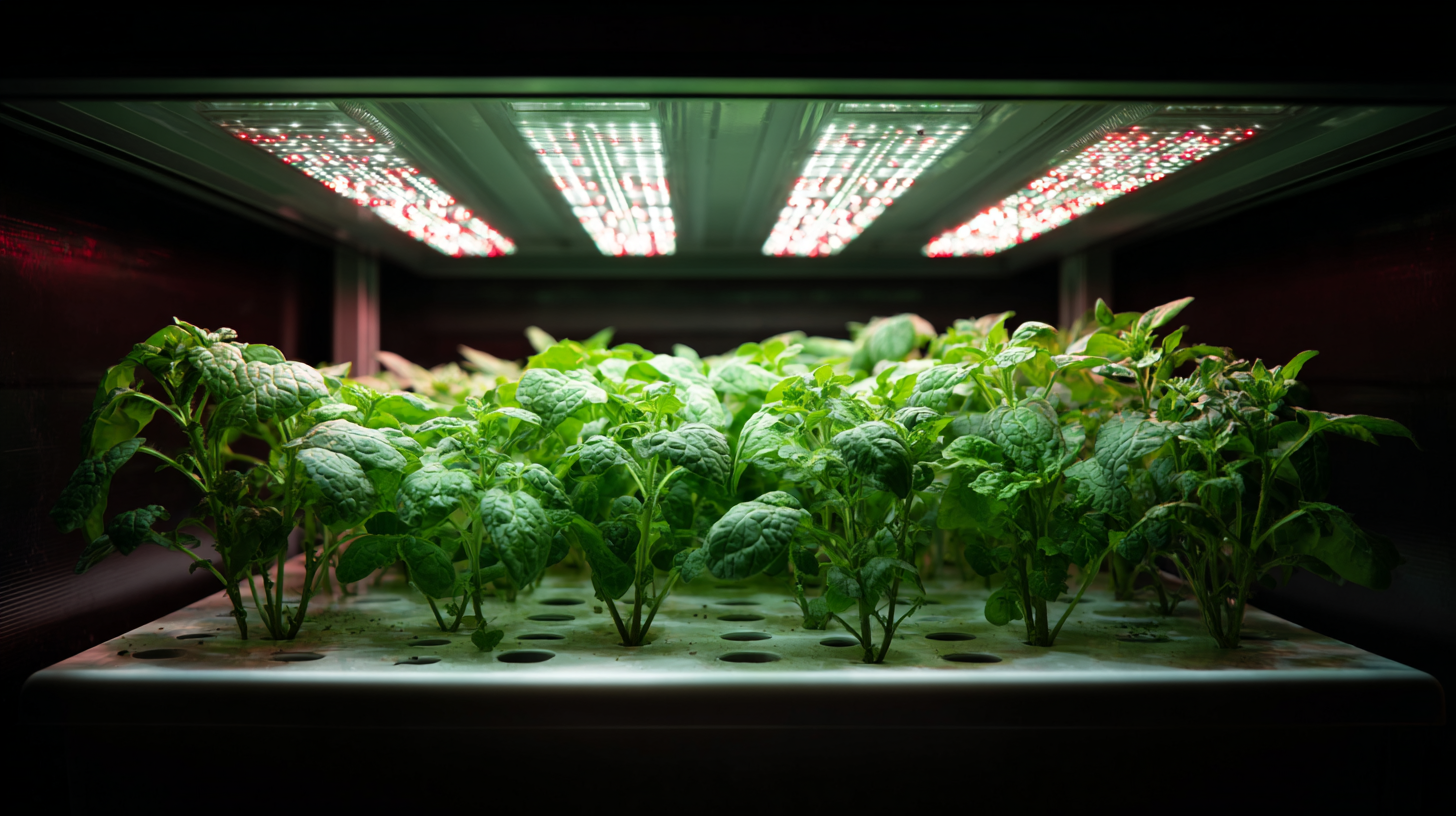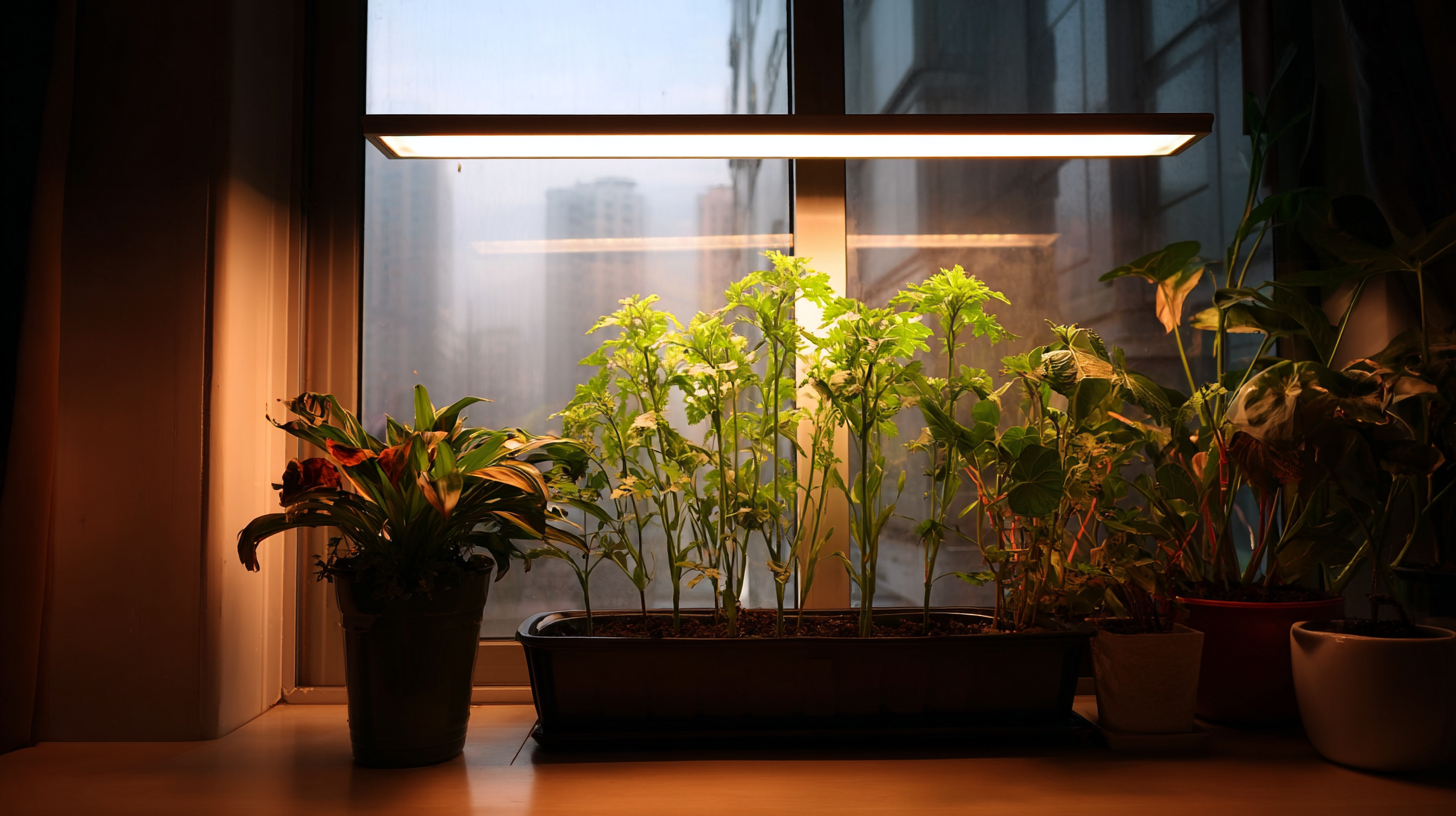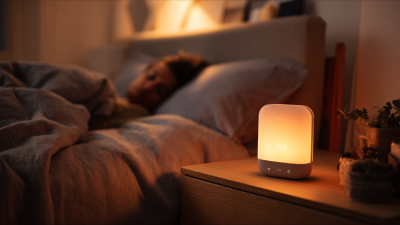The Benefits of Using Artificial Sunlight Lamps for Enhancing Indoor Plant Growth
 In recent years, the growing popularity of indoor gardening has prompted enthusiasts to seek
innovative solutions for ensuring optimal plant growth in confined spaces.
One such solution is the artificial sunlight lamp, which mimics the natural light spectrum required for photosynthesis.
This technology not only allows plants to thrive regardless of external weather conditions but also enables
year-round cultivation, even in urban environments where sunlight may be limited.
The benefits of using an artificial sunlight lamp extend beyond merely providing light; it enhances the overall health of plants,
boosts growth rates, and can even improve aesthetic appeal in indoor spaces.
By understanding the significant advantages of incorporating such lamps into indoor gardening practices,
enthusiasts can successfully cultivate various plant species, creating lush, vibrant environments that offer both beauty and tranquility.
In recent years, the growing popularity of indoor gardening has prompted enthusiasts to seek
innovative solutions for ensuring optimal plant growth in confined spaces.
One such solution is the artificial sunlight lamp, which mimics the natural light spectrum required for photosynthesis.
This technology not only allows plants to thrive regardless of external weather conditions but also enables
year-round cultivation, even in urban environments where sunlight may be limited.
The benefits of using an artificial sunlight lamp extend beyond merely providing light; it enhances the overall health of plants,
boosts growth rates, and can even improve aesthetic appeal in indoor spaces.
By understanding the significant advantages of incorporating such lamps into indoor gardening practices,
enthusiasts can successfully cultivate various plant species, creating lush, vibrant environments that offer both beauty and tranquility.
The Science Behind Artificial Sunlight and Plant Growth
Artificial sunlight lamps have gained popularity among indoor gardening enthusiasts due to their ability to mimic the natural light spectrum that is essential for photosynthesis. Plants rely on light for energy conversion, and the absence of adequate sunlight can hinder their growth significantly. By utilizing artificial sunlight lamps, growers can provide a consistent light source that stimulates plant metabolism, leading to healthier and more vigorous growth.
The science behind artificial sunlight lies in the specific wavelengths emitted by these lamps, which closely resemble those found in natural sunlight. Most plants utilize red and blue light for photosynthesis, and advanced artificial lighting systems are designed to emit these wavelengths efficiently. This targeted approach maximizes light absorption by chlorophyll, the pigment responsible for capturing light energy. Additionally, artificial sunlight lamps can extend the growing season and enhance the blooming and fruiting processes in indoor plants, making them an invaluable tool for both amateur and professional horticulturists.
| Aspect | Description | Benefits |
|---|---|---|
| Light Spectrum | Artificial sunlight lamps can provide a full spectrum of light, including wavelengths helpful for photosynthesis. | Enhances plant growth and blooming, leading to healthier plants. |
| Energy Efficiency | Many artificial sunlight lamps use LED technology, which is energy-efficient and reduces electricity costs. | Lower energy bills while maintaining optimal growing conditions. |
| Growth Rate | Plants grown under artificial sunlight often show increased growth rates compared to those grown under natural light. | Quicker harvest cycles and more prolific growth. |
| Season Independence | Allows for year-round plant growth regardless of outdoor weather conditions. | Continuous availability of fresh produce and flowers at any time of the year. |
| Plant Variety | Different lamps can cater to the light needs of various plant species. | Allows for a wider range of plants to be cultivated indoors. |
Types of Artificial Sunlight Lamps for Indoor Use
When it comes to enhancing indoor plant growth, choosing the right type of artificial sunlight lamp is crucial. Various options are available, each designed to cater to different growth stages and needs of your plants. LED grow lights are one of the most popular choices due to their energy efficiency and adjustable spectral output, allowing you to mimic the sun's natural light. Fluorescent tubes, especially T5 bulbs, are another great option, providing a broad spectrum of light that is ideal for seedlings and houseplants. For those looking for a more natural approach, full-spectrum bulbs are available that combine both warm and cool light, promoting robust growth and flowering.

Tips: When selecting a grow light, consider the lifespan and heat output of the lamp to avoid overheating your plants. Additionally, adjust the distance of the lamp from your plants as they grow; seedlings require less intensity than mature plants. Lastly, keep an eye on your plants’ response to the lighting and make adjustments as needed, ensuring you provide the optimal conditions for thriving indoor gardens.
Benefits of Consistent Light Exposure on Plant Health
Consistent light exposure is crucial for maintaining healthy indoor plants, as it directly impacts their growth, photosynthesis, and overall vitality. Research has demonstrated that plants receiving ample light tend to exhibit higher chlorophyll production, which is essential for efficient photosynthesis. A study published in the Journal of Experimental Botany found that plants exposed to consistent light conditions grew up to 30% taller than those subjected to irregular light patterns. This highlights the importance of utilizing artificial sunlight lamps to mimic natural daylight, ensuring that plants receive the ideal light spectrum year-round.
Furthermore, the benefits of consistent light exposure extend beyond mere growth metrics. A report by the American Society for Horticultural Science indicates that plants grown under stable light conditions show increased resistance to pests and diseases by up to 40%. This resilience can be attributed to the strengthened physiological processes that occur when plants receive the appropriate amounts of light consistently. By integrating artificial sunlight lamps into indoor gardening practices, plant enthusiasts can not only enhance growth rates but also bolster plant health, promoting an environment where plants thrive without the stress of inconsistent light exposure.
The Benefits of Using Artificial Sunlight Lamps for Enhancing Indoor Plant Growth
The chart above illustrates the growth of indoor plants measured in centimeters over a period with and without the use of artificial sunlight lamps. Consistent exposure to artificial light significantly enhances plant height, demonstrating the benefits of using such technology for indoor gardening.
Energy Efficiency and Cost-Effectiveness of Sunlight Lamps
Artificial sunlight lamps have emerged as a revolutionary tool for indoor gardening, particularly due to their energy efficiency and cost-effectiveness. These lamps are designed to mimic the full spectrum of natural sunlight, providing essential wavelengths that support photosynthesis in plants. Unlike traditional incandescent or fluorescent lights, which consume significant amounts of electricity and often need frequent replacements, modern sunlight lamps utilize LED technology. This advancement dramatically reduces energy consumption while extending the lifespan of the bulbs, making them a more sustainable choice for indoor plant enthusiasts.
Moreover, the long-term cost savings associated with artificial sunlight lamps are noteworthy. By using energy-efficient lighting, gardeners can expect lower electricity bills while promoting healthier plant growth all year round. Many sunlight lamps come with adjustable settings, allowing users to tailor light intensity and durations to meet the specific needs of their plants. This adaptability not only enhances growth but also minimizes energy waste, making indoor gardening a more economical venture. As more people adopt sustainable practices, sunlight lamps present an attractive option for both novice and experienced gardeners looking to cultivate thriving indoor environments without breaking the bank.
Tips for Optimal Placement and Use of Artificial Sunlight Lamps
When considering the optimal placement and use of artificial sunlight lamps, it's essential to understand the specific needs of your indoor plants. Positioning these lamps within proximity to your plants—ideally between 12 to 24 inches—can ensure they receive an adequate amount of light. For most plants, especially those that require bright light, a duration of 10 to 14 hours is recommended. This replicates the natural daylight they would typically receive outdoors. Rotating your plants occasionally can help them grow evenly, as they will get equal exposure to the light source.

Additionally, selecting the right type of grow light is crucial. LED lights, for instance, are an excellent choice due to their energy efficiency and the range of spectrums available, which can be tailored to different plant growth stages. It's also important to consider the location of the lamp to minimize any shadows cast by nearby objects or plants that may hinder light distribution. By strategically placing your artificial sunlight lamps, you can create a conducive environment that promotes healthy, thriving indoor plants all year round.
Related Posts
-

Ultimate Guide to Choosing the Best Artificial Sunlight Lamp for Your Indoor Plants
-

Exploring Unique Alternatives to the Best Night Lamp for Every Mood
-

Discover the 2025 Trends in Sleep Technology and How to Choose the Best Sleep Light
-

Ultimate Checklist for Choosing the Best Sunshine Light for Your Home
-

Exploring Unique Features and Applications of the Best Morning Lamp Alternatives
-

The Science Behind Night Lights and Their Impact on Sleep Quality
